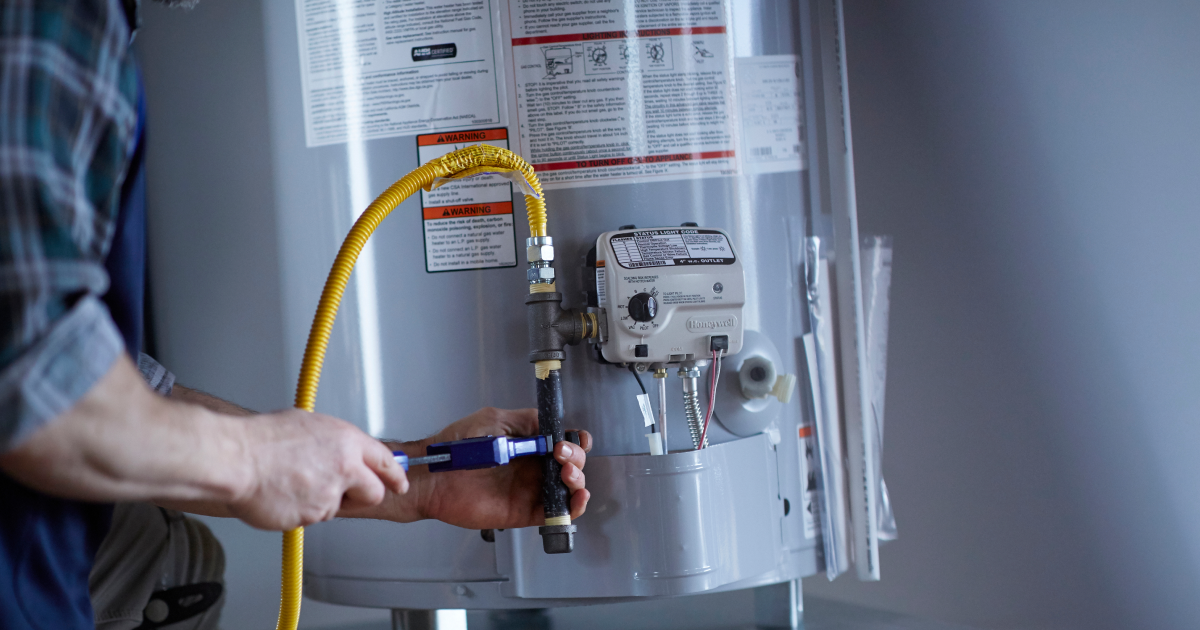We've uncovered this article relating to Tips on Maintaining a Water Heater directly below on the internet and figured it made sense to share it with you here.

Warm water is necessary for everyday comfort, whether it's for a revitalizing shower or cleaning dishes. To ensure your warm water system runs effectively and lasts much longer, regular upkeep is crucial. This short article gives functional tips and insights on just how to maintain your home's warm water system to avoid interruptions and pricey repairs.
Intro
Maintaining your home's warm water system could seem overwhelming, however with a couple of easy steps, you can guarantee it operates smoothly for several years to find. This overview covers everything from understanding your warm water system to do it yourself maintenance ideas and knowing when to employ expert help.
Value of Maintaining Your Warm Water System
Regular upkeep not only expands the life expectancy of your warm water system however additionally ensures it runs effectively. Disregarding maintenance can bring about reduced performance, higher power bills, and even early failure of the system.
Indicators Your Hot Water System Requirements Upkeep
Knowing when your hot water system requires focus can prevent major problems. Keep an eye out for indicators such as inconsistent water temperature, odd sounds from the heating system, or rusty water.
Understanding Your Hot Water System
Prior to diving right into upkeep jobs, it's useful to understand the basic elements of your warm water system. Normally, this consists of the hot water heater itself, pipes, anode rods, and temperature controls.
Regular Monthly Upkeep Tasks
Routine month-to-month checks can aid capture small issues prior to they rise.
Purging the Hot Water Heater
Purging your water heater removes sediment buildup, improving efficiency and prolonging its life.
Checking and Replacing Anode Rods
Anode rods avoid rust inside the storage tank. Examining and replacing them when worn is important.
Checking and Changing Temperature Level Settings
Changing the temperature settings guarantees optimal performance and safety.
DIY Tips for Upkeep
You can execute a number of upkeep jobs yourself to keep your hot water system in top condition.
Checking for Leaks
On a regular basis check pipelines and links for leakages, as these can bring about water damages and greater costs.
Examining Stress Alleviation Valves
Testing the pressure relief valve guarantees it operates correctly and prevents excessive pressure build-up.
Insulating Pipes
Shielding warm water pipelines lowers warmth loss and can conserve power.
When to Call an Expert
While DIY maintenance is advantageous, some issues require professional expertise.
Facility Concerns Calling For Specialist Assistance
Examples include major leakages, electric issues, or if your hot water heater is regularly underperforming.
Routine Professional Upkeep Advantages
Professional maintenance can consist of comprehensive evaluations, tune-ups, and ensuring conformity with safety and security requirements.
Conclusion
Normal maintenance of your home's warm water system is necessary for efficiency, long life, and expense savings. By complying with these tips and recognizing when to seek specialist assistance, you can make certain a trustworthy supply of hot water without unanticipated disruptions.
How to Maintain an Instant Hot Water Heater
Before tinkering with your hot water heater, make sure that it’s not powered on. You also have to turn off the main circuit breaker and shut off the main gas line to prevent accidents. Also turn off the water valves connected to your unit to prevent water from flowing into and out of the appliance. 2. When you’re done, you have to detach the purge valves’ caps. These look like the letter “T†and are situated on either side of the water valves. Doing so will release any pressure that has accumulated inside the valves while at the same time avoid hot water from shooting out and burning your skin. 3. When the purge valves’ caps are removed, you have to connect your hosing lines to the valves. Your unit should have come with three hoses but if it didn’t, you can purchase these things from any hardware or home repair shops. You can also get them from retail stores that sell water heating systems. Read the user’s manual and follow it to complete this task properly. When the hosing lines are connected, open the purge port’s valves. 4. You should never use harsh chemical cleaners or solutions when cleaning your unit. Make use of white vinegar instead. It should be undiluted and you’ll probably use about 2 gallons. 5. Now flush your water heater. This task should probably take about 40 minutes. We can’t give you specific directions for this because the procedure is carried out depending on the type, model and brand of your heater. With that being said, refer to the user’s manual. 6. When you’re done draining the unit, you have to turn off the purge port valves again. Remove the hosing lines that you earlier installed on each of the water valves. Put the valve caps (purge port) back in their respective places and be very careful so as not to damage the rubber discs that are found inside these caps. 7. Now that everything’s back in place, check your user’s manual again to find out how to reactivate your water heating system. 8. Once it is working, turn one of your hot water faucets on just to let air pass through the heater’s water supply pipes. Leave the tap on until water flows smoothly out of it. https://www.orrplumbing.com/blog/2014/september/how-to-maintain-an-instant-hot-water-heater/
As a devoted person who reads on How to Maintain a Hot Water Heater in a Few Simple Steps, I thought sharing that excerpt was a good thing. Sharing is good. Helping people is fun. I appreciate reading our article about What Kind of Maintenance Do Water Heaters Need?.
Contact Us Now